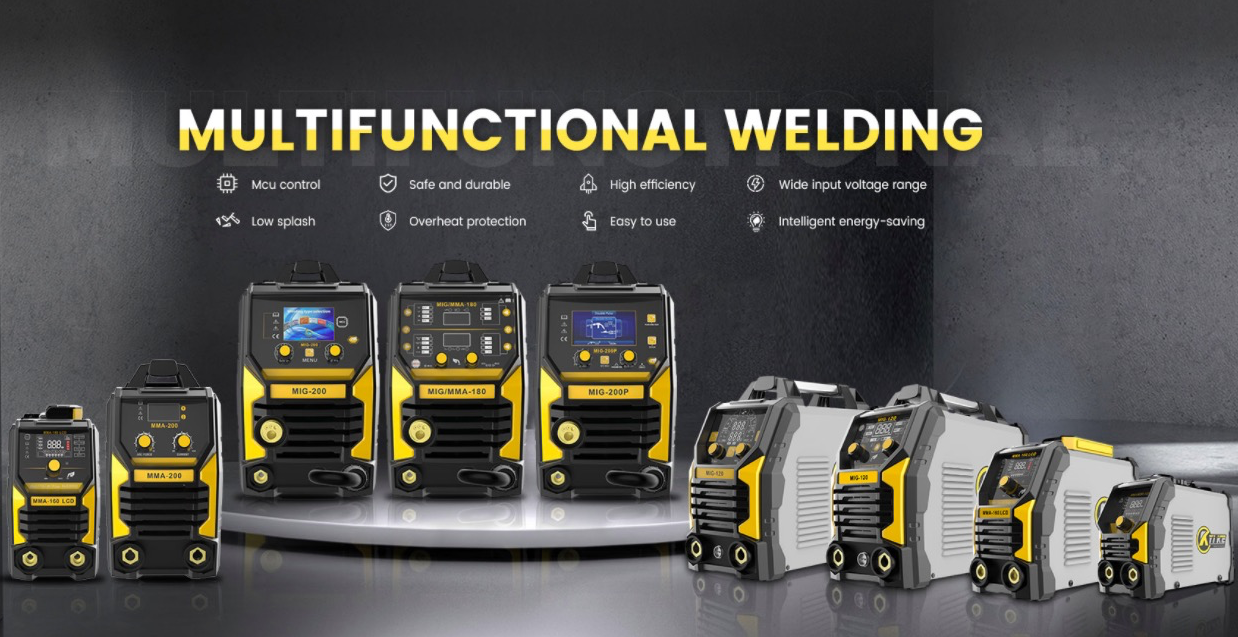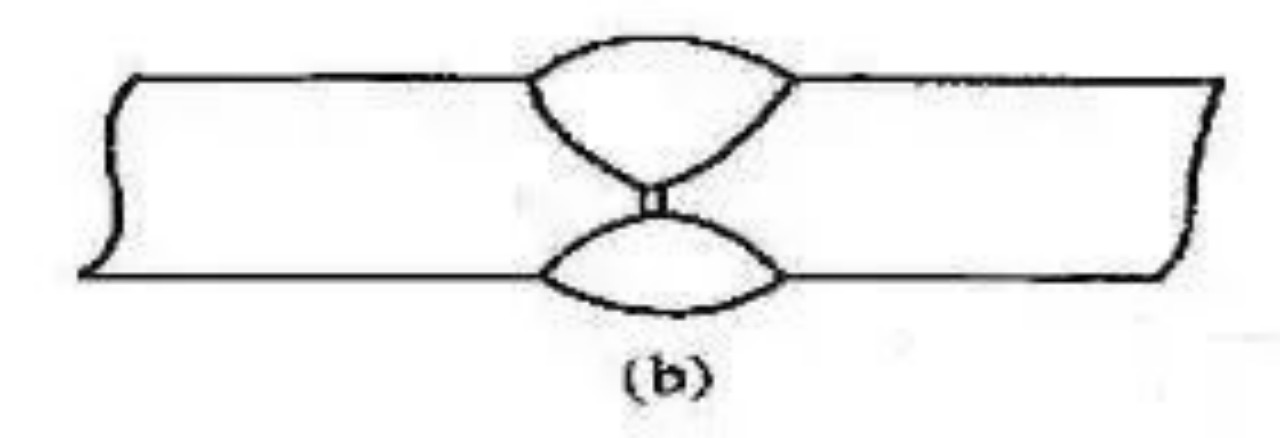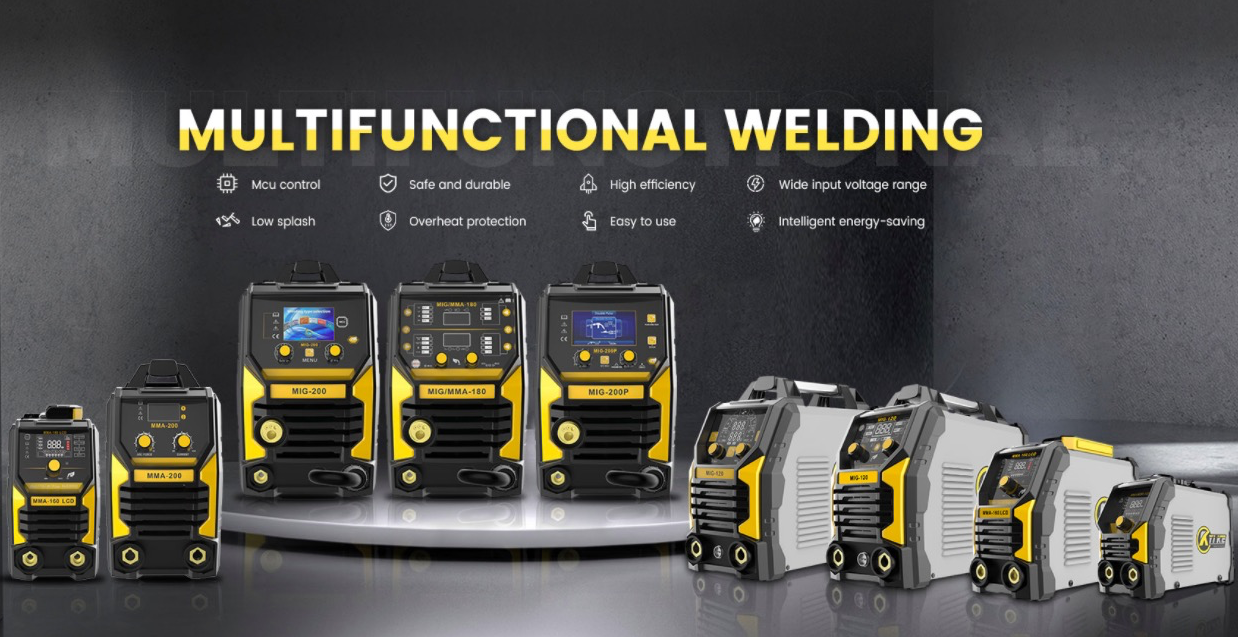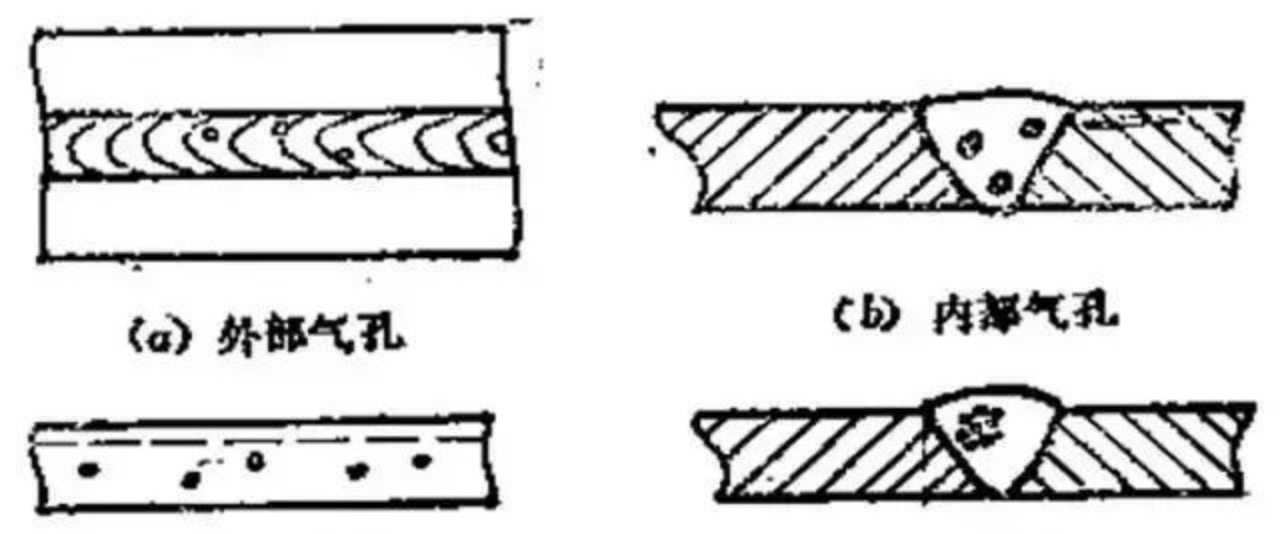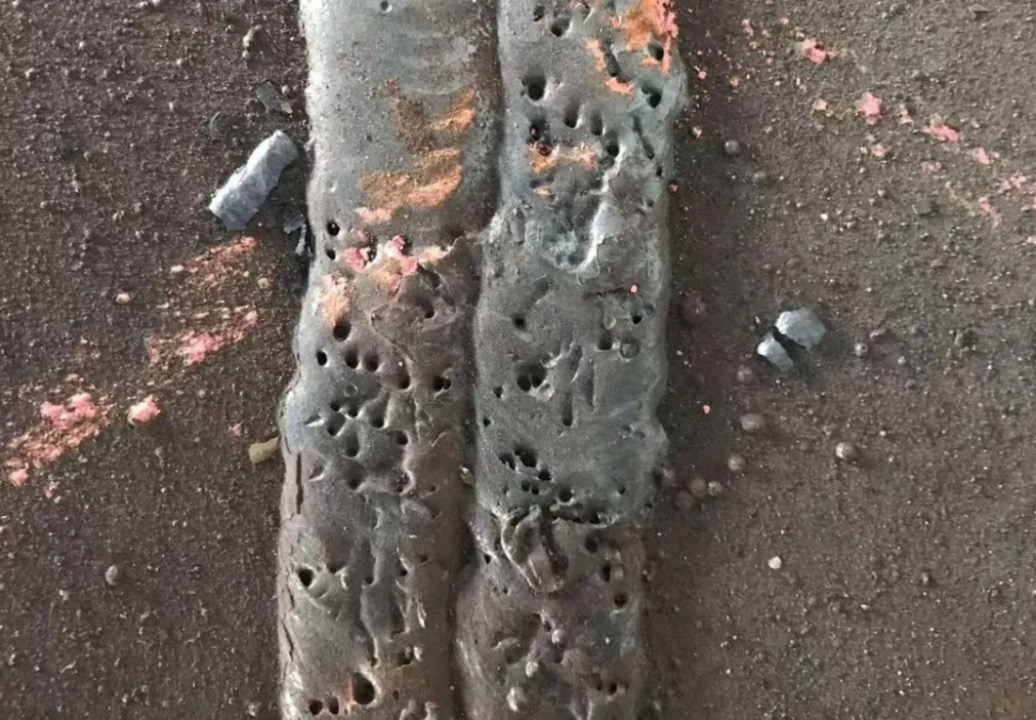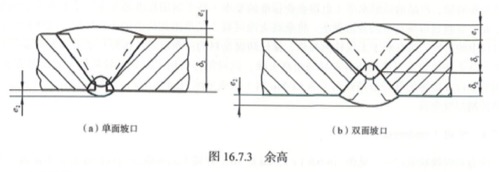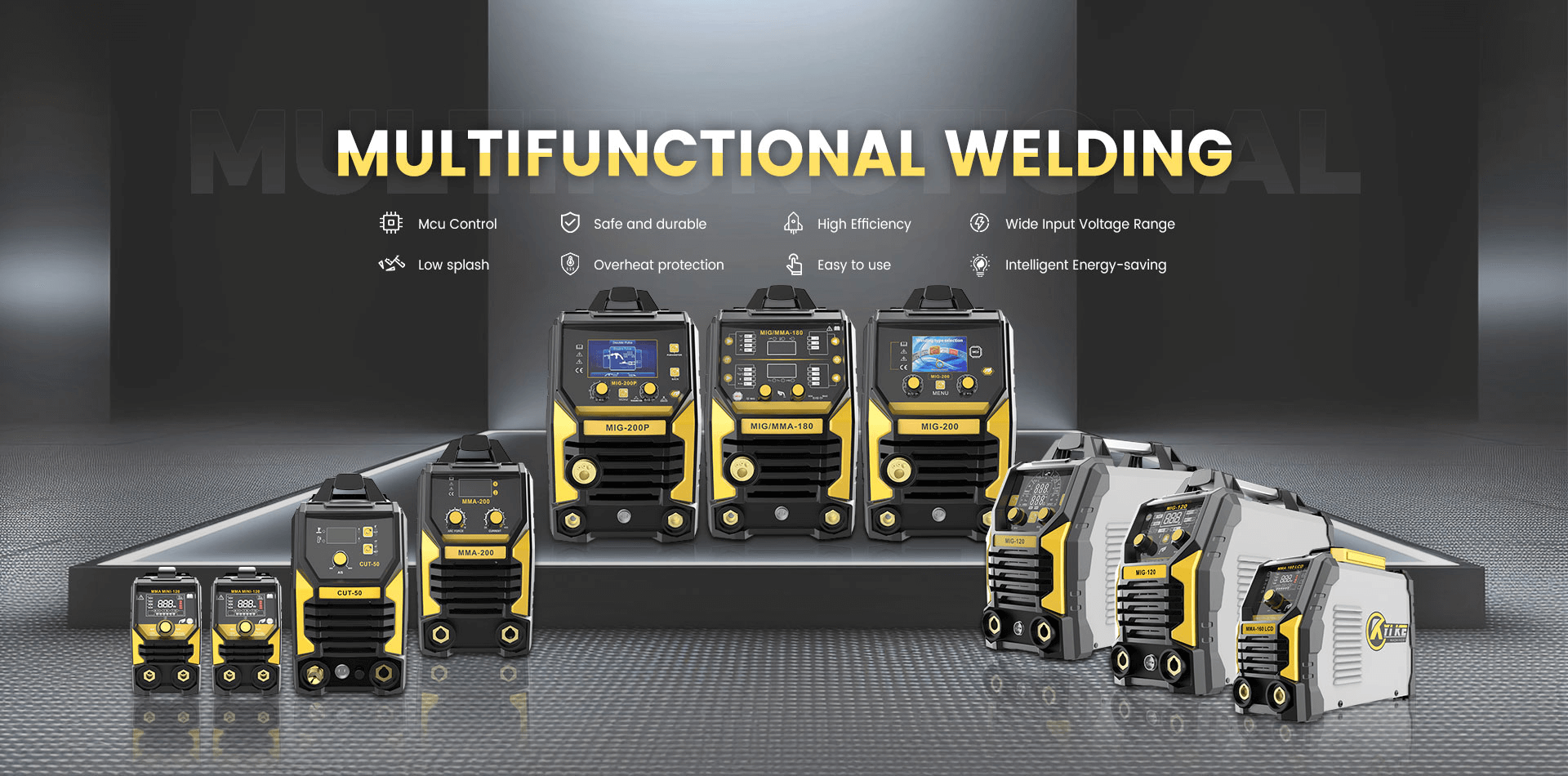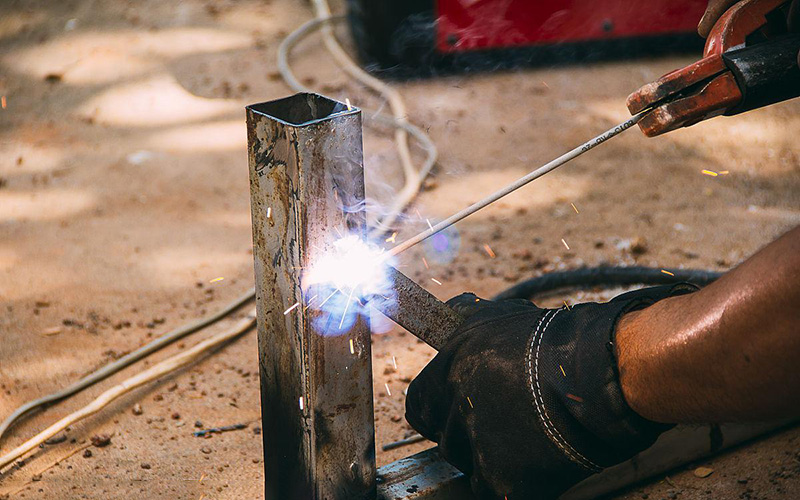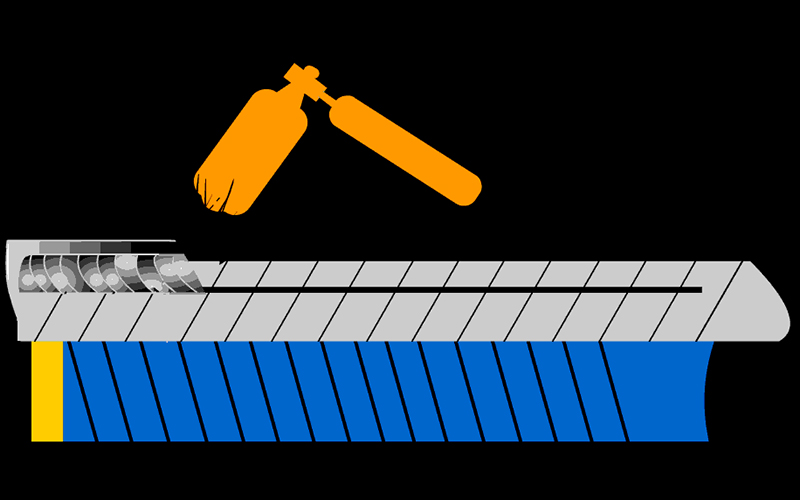What does welding quality control rely on —YIKE
Welding is an important process in the production of welded structures, and the factors that affect its quality are also the above five aspects.
1. Human factors: welding operators
Different welding methods have different degrees of dependence on operators.
For manual arc welding, the welder's operating skills and careful working attitude are crucial to ensuring welding quality.
For submerged arc automatic welding, the adjustment of welding process parameters and welding also require human operation.
For all kinds of semi-automatic welding, the movement of the arc along the welding joint is also controlled by the welder. If the welder has poor quality awareness, is careless during welding, does not follow the welding process regulations, or has low operating skills and unskilled techniques, the quality of direct welding will be affected.
The control measures for welding personnel are as follows:
(1) Strengthen the quality awareness education of welders of "quality first, user first, and the next process is the user", improve their sense of responsibility and meticulous work style, and establish a quality responsibility system.
(2) Provide regular job training to welders to help them master the process procedures in theory and improve their operational skills in practice.
(3) During production, welders are required to strictly follow welding process regulations and strengthen self-inspection of welding procedures and inspection by professional inspectors.https://www.yikewelder.com/
(4) Strictly implement the welder examination system, insist that welders hold certificates before taking up their posts, and establish welder technical files.
For important or major welded structure production, welders need to be evaluated in more detail. For example, the length of welder training, production experience, current technical status, age, length of service, physical strength, vision, attention, etc. should all be included in the scope of assessment.
2. Machine---Welding machine and equipment factors
The performance, stability and reliability of various welding equipment directly affect the welding quality. The more complex the equipment structure, the higher the degree of mechanization and automation, the more dependent the welding quality is on it.
Therefore, this type of equipment is required to have better performance and stability. Welding equipment must be inspected and tested before use, and a regular inspection system must be implemented for various in-service welding equipment.
In the welding quality assurance system, in order to ensure the quality of the welding process, the following points should be achieved for welding machines and equipment:
(1) Regularly maintain, service and overhaul welding equipment, and conduct trial operation before production of important welding structures.
(2) Regularly calibrate various instruments such as ammeters, voltmeters, gas flow meters, etc. on welding equipment to ensure accurate measurement during production.
(3) Establish technical files on the status of welding equipment to provide ideas for analyzing and solving problems that arise.
(4) Establish a responsibility system for welding equipment users to ensure the timeliness and continuity of equipment maintenance.
In addition, the use conditions of welding equipment, such as the requirements for water, electricity, environment, etc., the adjustability of welding equipment, the space required for operation, error adjustment, etc. also need full attention to ensure the normal use of welding equipment.
3. Material-----Welding raw material factors
The raw materials used in welding production include base materials, welding materials (welding rods, welding wires, flux, shielding gas), etc. The quality of these materials themselves is the basis and prerequisite for ensuring the quality of welding products.
In order to ensure the quality of welding, the quality inspection of raw materials is very important. At the beginning of production, that is, before feeding, the materials must be checked carefully to ensure stable production and stable quality of welding products.
In the welding quality management system, the quality control measures for welding raw materials mainly include the following:
(1) Strengthen the acceptance and inspection of welding raw materials upon arrival at the factory, and re-test their physical and chemical indicators and mechanical properties when necessary.
(2) Establish a strict management system for welding raw materials to prevent contamination of welding raw materials during storage.
(3) Implement a welding raw material marking system during production to track and control the quality of welding raw materials.
(4) Choose welding raw material suppliers and cooperative factories with high reputation and good product quality for ordering and processing, so as to fundamentally prevent the occurrence of welding quality accidents.
In short, the quality of welding raw materials should be controlled based on welding specification









